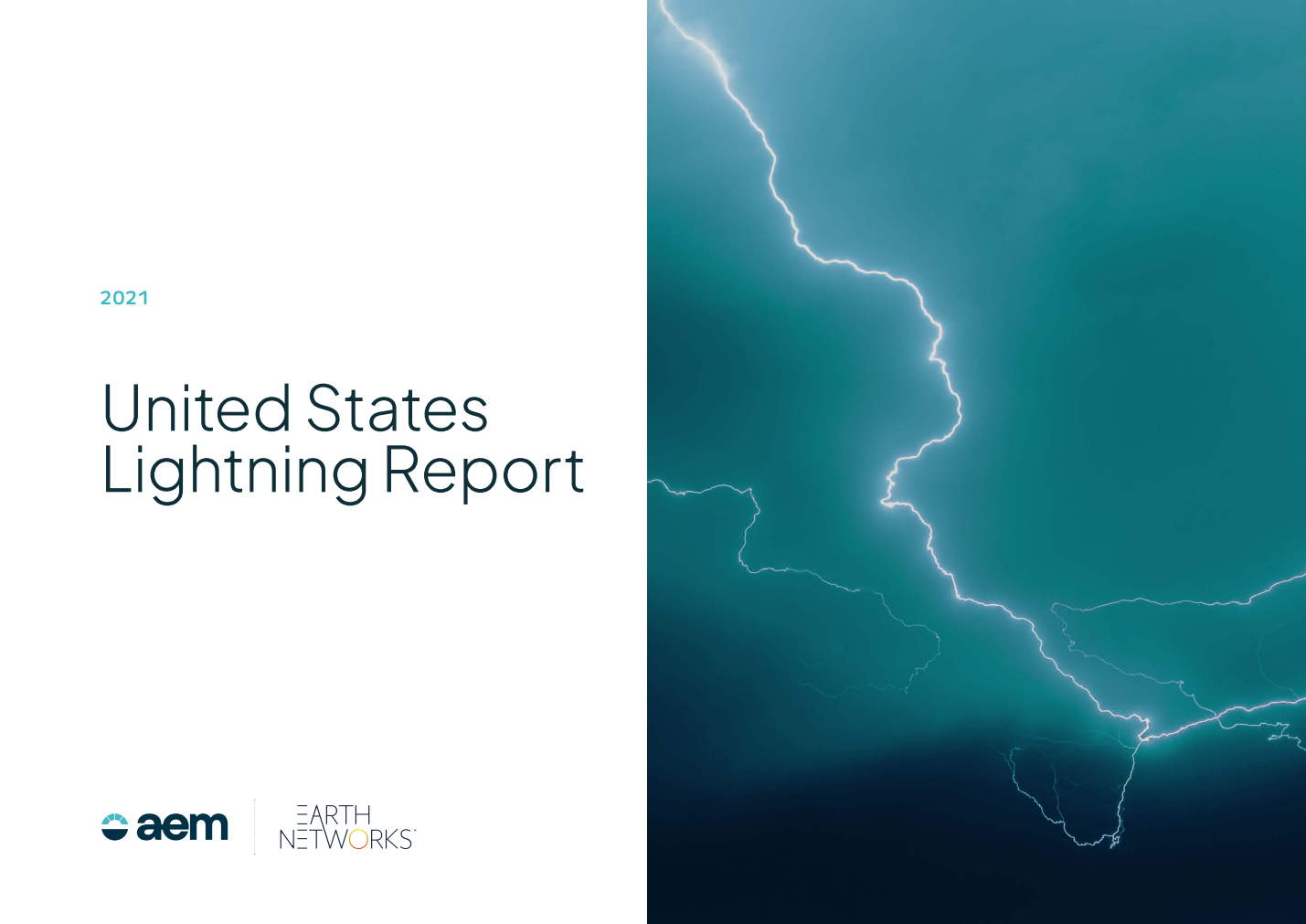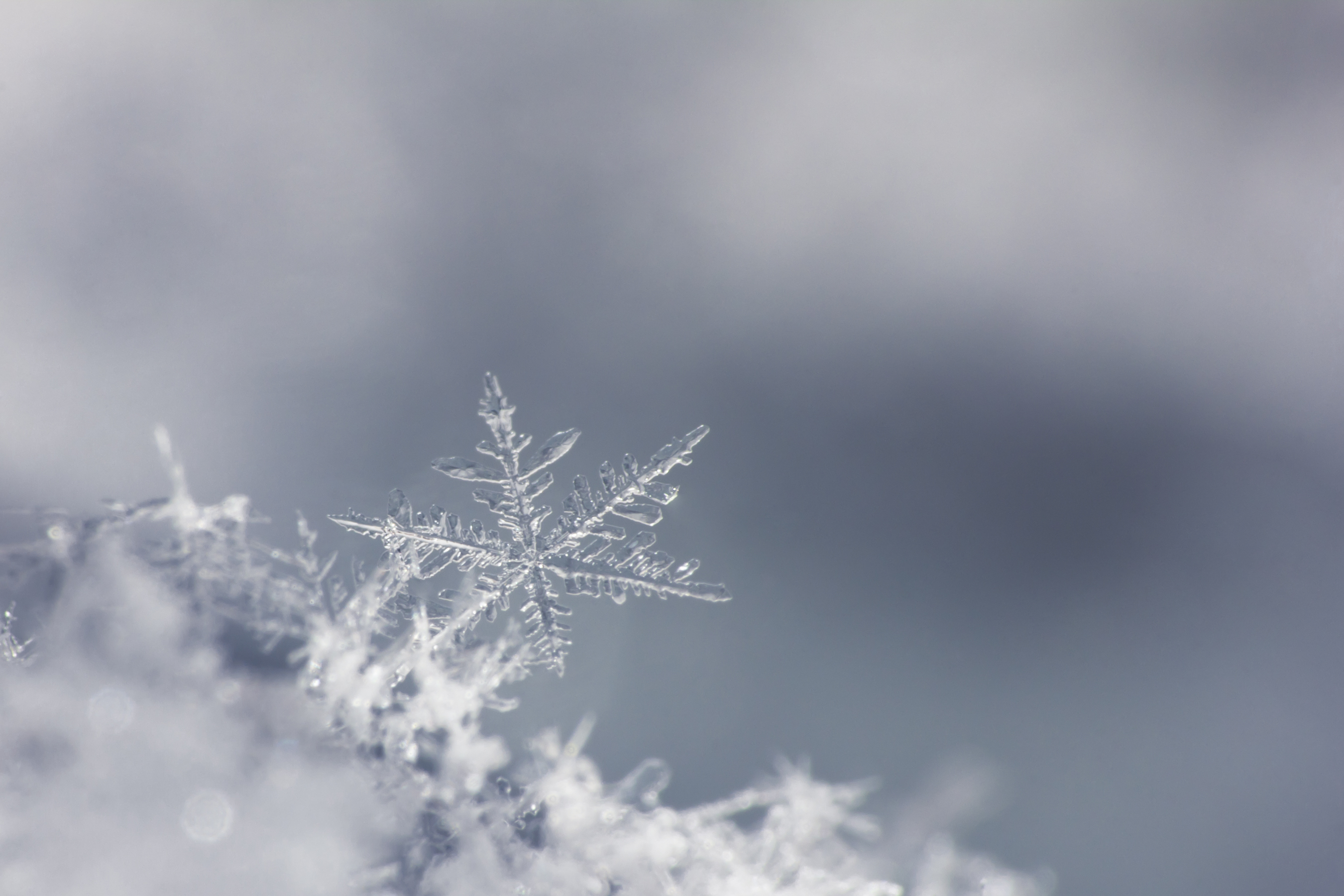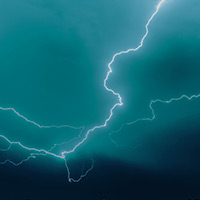Ophelia

Ophelia is the tenth consecutive hurricane of the 2017 Atlantic hurricane season. While it poses no immediate risk to land, stormy weather will head towards the Azores this weekend.
At 5 a.m. AST (EDT) it was located at 30.3 N, 35.6 W. That's 725 miles southwest of the Azores. Ophelia's maximum sustained winds are 86 mph. The storm crawls towards the northeast at a slow 3 mph. The minimum central pressure has lowered. It is now at 986 mb or 29.12 inches of mercury.
Hurricane Ophelia's Future
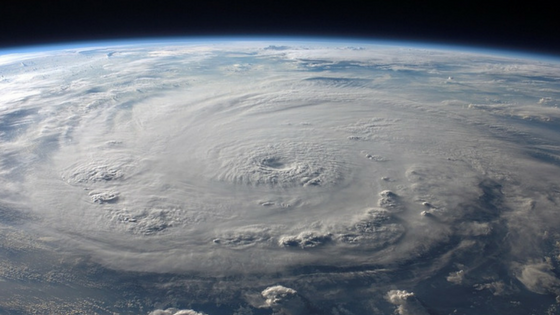
The storm will gain speed thanks to low pressure approaching from the northwest. This will happen when the storm is off the northeast of Ireland through the end of the workweek. The system will pass just east of the Azores on Saturday. Early next week, the storm will turn toward western Europe. Although, by then, Ophelia will no longer have any tropical characteristics.
After staying nearly stationary over warm waters, the storm was able to gain enough strength to become a Category 1 hurricane. Late this week, stronger southwest winds aloft ahead of the low pressure that will push it towards the North Atlantic will likely help to weaken the storm a bit.
2017 Hurricane Season
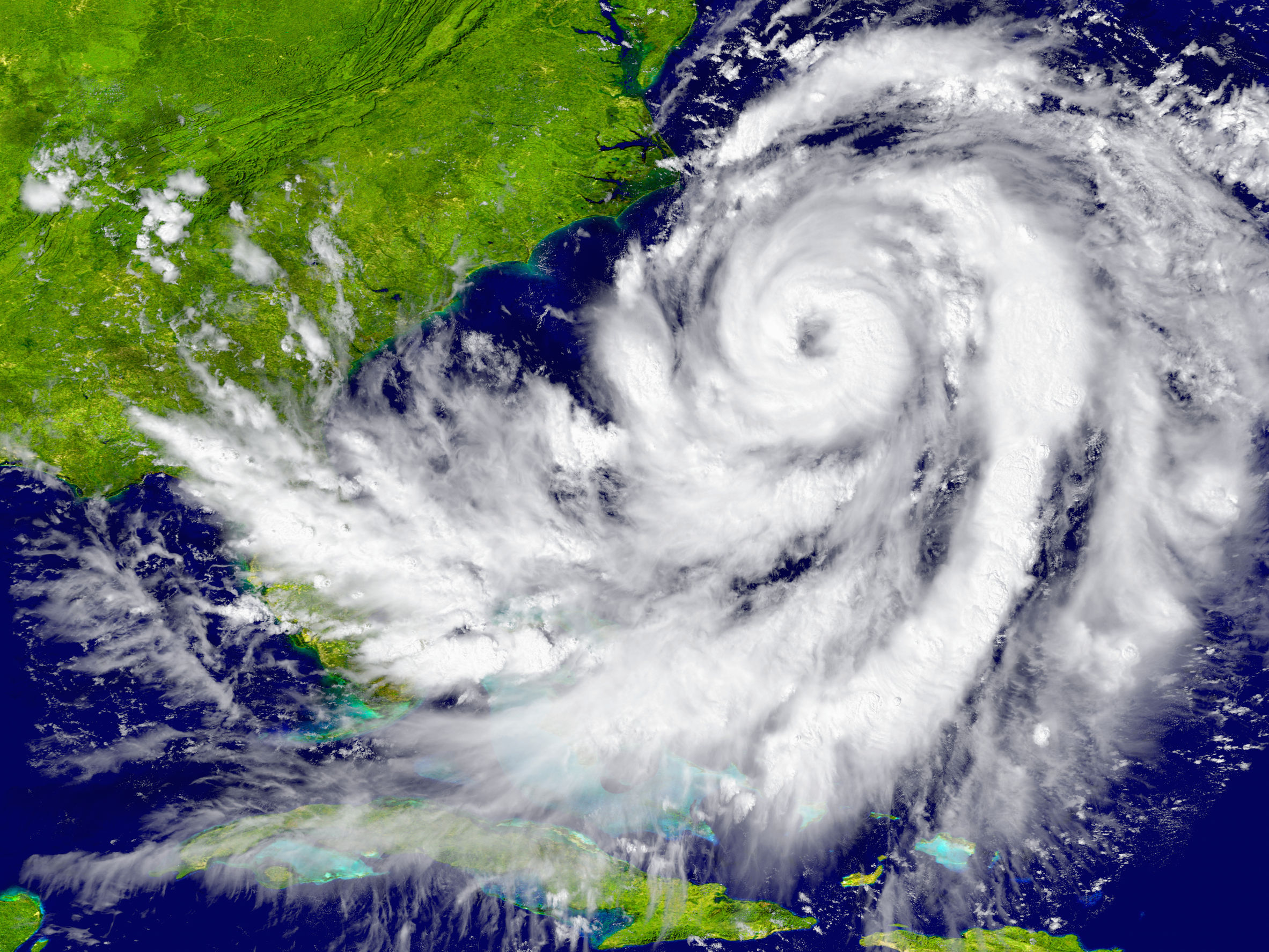
Ophelia is the 15th named tropical system of the 2017 Atlantic Hurricane Basin season. In a normal season, the 15th named tropical system doesn't occur until November 5, or at all. An average Atlantic season sees just six hurricanes. This season has seen the most hurricanes since 2010 so far.
The 2017 hurricane season has been unusually active. This is especially true considering major hurricanes. There have been five major hurricanes. A major hurricane is one that measures a 3 or higher on the Saffir-Simpson wind scale. The first major hurricane was Hurricane Harvey in late August. This storm made two landfalls and dumped feet of rain on Houston and the surrounding area.
The second major hurricane quickly followed. Irma made landfall as a Category 5 storm in the Leeward Islands before causing significant damage throughout the Caribbean and in Florida. After Irma came Jose, a Category 4 storm that luckily missed most land and spun into the Atlantic in mid-September. Maria quickly followed Jose. The Category 5 storm decimated Puerto Rico and the Virgin Islands when it made landfall in mid-September. Finally, Lee formed at the end of September.


